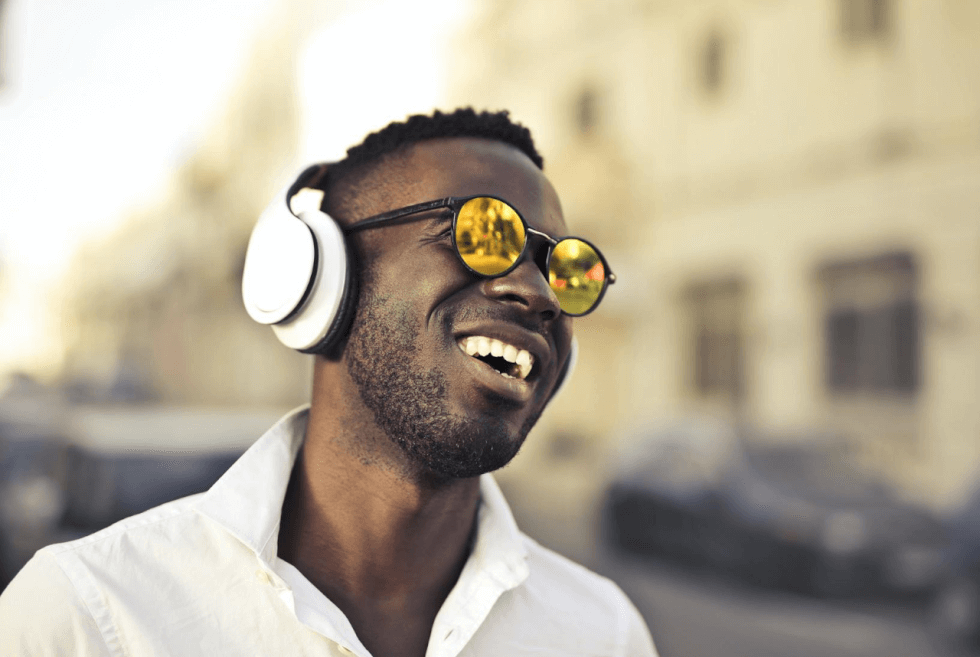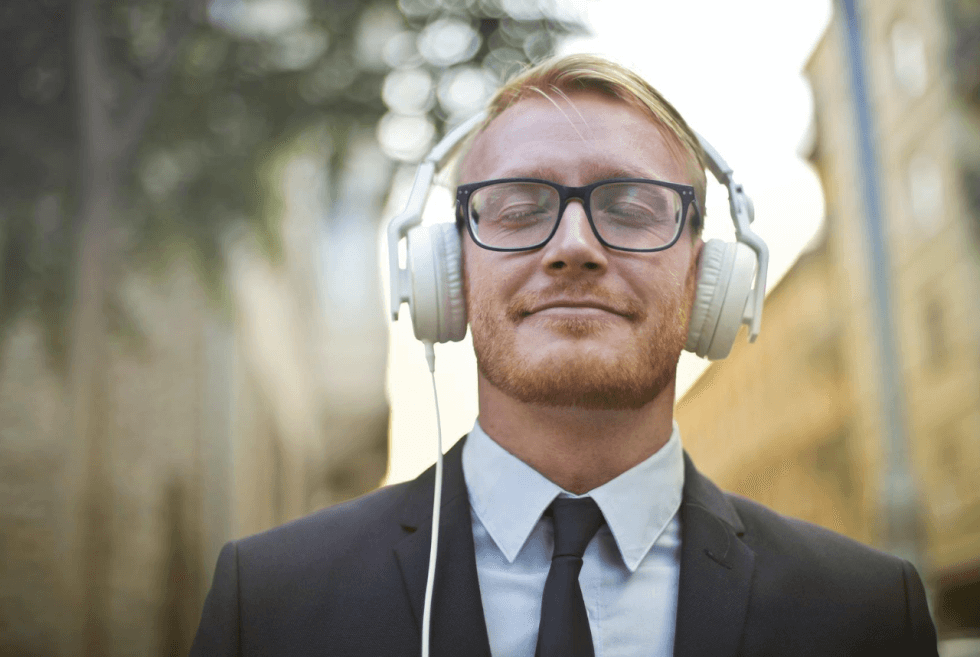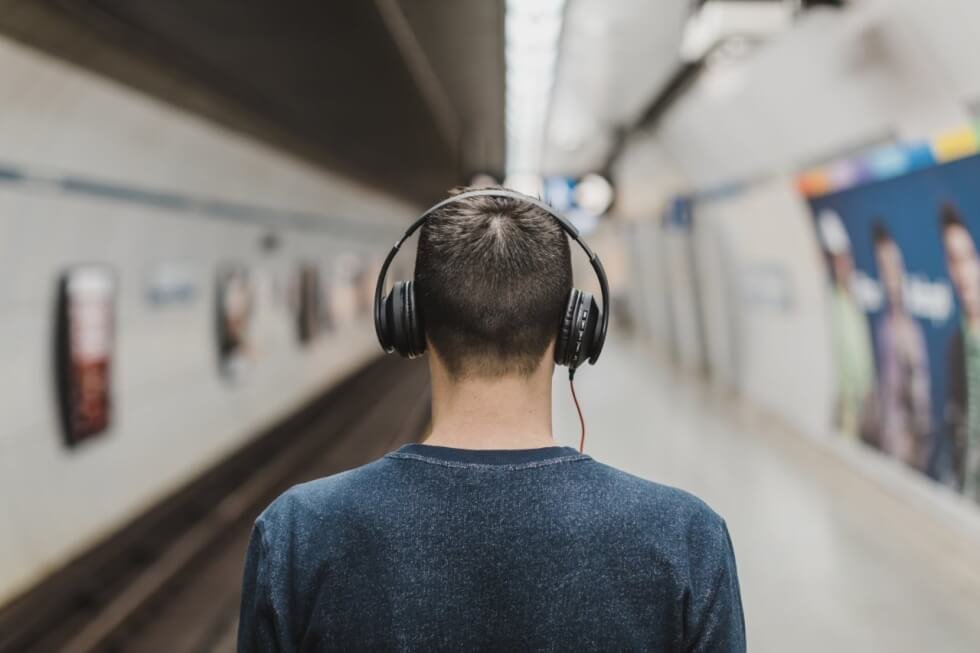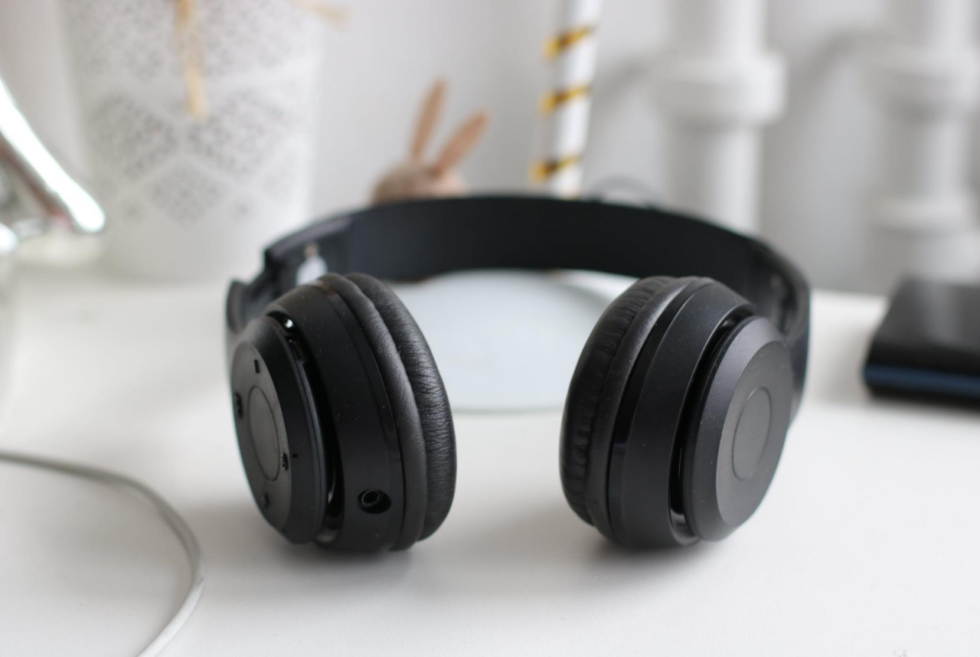
May it be music, movies, or content creation, audio is an essential part of entertainment or leisure. Tunes help lift our spirits, while the audio arrangement and sound effect of a film can enhance the experience. Finally, when you’re crafting and editing a presentation, footage, or perhaps a music video, it’s crucial that all acoustic nuances can be heard. As such, most folks tune out distractions with noise cancelling headphones.
Earbuds are out of the question, but depending on the type of cans you have, it can make a huge difference. Active noise cancelling (ANC) technology is now widely available and boasts a variety of uses. However, as with any commercial or industrial product, there are pros and cons that you should be aware of. Worry not, because Men’s Gear is here to help our readers understand what these gadgets are all about.
After learning all the hard stuff from a handful of the best resources online, it’s our job to feed you the relevant details in a way that hopefully makes it fun at the same time. Hence, get comfortable and let’s dive in to know how noise cancelling headphones work and what they offer in contrast to regular ones.
Why do we use noise cancelling headphones?

To start off, these types of headphones and maybe the occasional earbuds do exactly what their namesake implies. Although the majority of us immediately think of music, movies, and gaming, noise cancelling performance goes beyond entertainment. In fact, some prefer to take advantage of its main function to protect their hearing.
Another common use of noise cancelling headphones is for those who frequently travel. Engine noise or background chatter can be distracting for people who want to rest or work while in transit. Therefore, these gadgets become their go-to option when on a bus, train, commercial airliner, or ship. In fact, a lot admit that there’s not even anything playing during use.
Then there’s folk who are regularly exposed to extremely loud noises due to the nature of their profession. Without proper protection, Noise-Induced Hearing Loss (NIHL) is normally the result. Another issue pointed out by researchers is caused by loud playback on earphones or headphones.
Because of ambient sounds, many increase the volume of the audio above what is generally safe according to healthcare experts. All of the scenarios we illustrated above highlight the decisive reason as to why noise cancelling headphones are growing in popularity
Types of noise cancelling technology

It’s easy to think that there’s only one kind available when it comes to headphones. However, you’ll be surprised to learn that there are more. It all depends on how and for what reason someone plans to use it on. Even some regular earphones, headsets, and headphones already have a way to dampen noise and to let us focus on whatever is coming out of the drivers.
Passive – This is the type wherein engineers rely on special padding outside and inside the structure to absorb sound from outside. While passive noise cancelling models can somehow block these out, some on-ear headphones might not perform on the same level as over-ear variants. As for earbuds, these often create a good seal around the ear canal to minimize what one hears from external sources. Acoustic foam does a great job but the material is not as durable. Premium-grade silicone, on the other hand, outperforms, the former, but tends to irritate the skin during extended listening sessions.
Active/Adaptive – Now, these are probably the types of noise cancelling headphones that typically come to mind. Whereas they are likewise equipped with padding and distinct materials to stop sound from seeping through, it relies on special technology to get the job done. The system normally uses microphones to process detect and process ambient noise using advanced algorithms to neutralize it with the opposite wavelength. Meanwhile, another form is what audio professionals describe as adaptive wherein it reacts with little to no delay. Overall, both are similar in what they do. You can find a comprehensive comparison piece here to help you gauge how particular brands perform.
Pros of Active Noise Cancelling Headphones

- Let’s you focus on the audio – This should be one of the most obvious benefits one can get from active noise cancelling technology. Users can enjoy the acoustic nuances of their music collection or movies. People who enjoy audiobooks will also find it more immersive than playback on a speaker or regular headphones.
- Protects our sense of hearing and more – It might be subjective, but certain models are essential for professionals whose workplace produces sound levels that can damage the eardrums. Normally, these do not output audio and just cancels out the background noise for the safety of the wearer. Studies have also shown the continuous exposure without hearing protection can affect sleep, mental health, and the cardiovascular system among others.
- Enhance entertainment – Let’s face it, music and movies are essential components of leisure for the majority of us. Moreover, gamers will understand how audio cues can give them an edge over the competition, which is my many professional esports players prefer these over regular gaming headsets.
- Promotes relaxation and improves sleep – Active noise cancelling headphones have been the gear of choice for people who travel on a regular basis to make it more tolerable. Engines can produce vibrations and noise that can interrupt sleep or concentration. Even at home, there are folks who prefer to sleep or just meditate with it on.
Cons of Active Noise Cancelling Headphones

- Costs more than regular headphones – Advanced technology would always carries a premium price tag in contrast to standard ones. Thus, depending on the type of sounds you want to keep out, a decent brand can already offer excellent passive noise cancellation. Then there’s also that incessant hum from the speakers when there is no audio source.
- It requires batteries – This is one caveat that normally turns consumers away form active noise cancelling headphones. In order to perform its main function, the device will require power to operate. There are versions with built-in rechargeable units, while the rest are compatible with AAA or AA batteries. Recent releases can continue working even without batteries albeit with active noise cancelling off.
- Can be dangerous when in public – A new trend among the latest wearable audio devices is the inclusion of transparency mode. This allows for situational awareness for the sake of safety. Newer models now feature the option to toggle ANC on or off. Sadly, older-generation technology has it set to always active by default.
- Audio production is not as accurate – Another subject of ongoing debate among audio enthusiasts is the quality of sound it produces when ANC is activated. Some argue that the lows become more pronounced which muddle the mids and highs. In other words, if not needed, most agree to just turn it off for a better listening experience in the first place.
Conclusion

While active noise cancelling headphones do have a lot of advantages, it really boils down to what you, as the user, really needs. Most wireless models now come with a 3.5 mm audio port and even an adapter for standard airline plug. Additionally, a folding configuration can make it even more portable. Just don’t forget to have a fresh set of batteries or to fully charge your cans before you head out.







